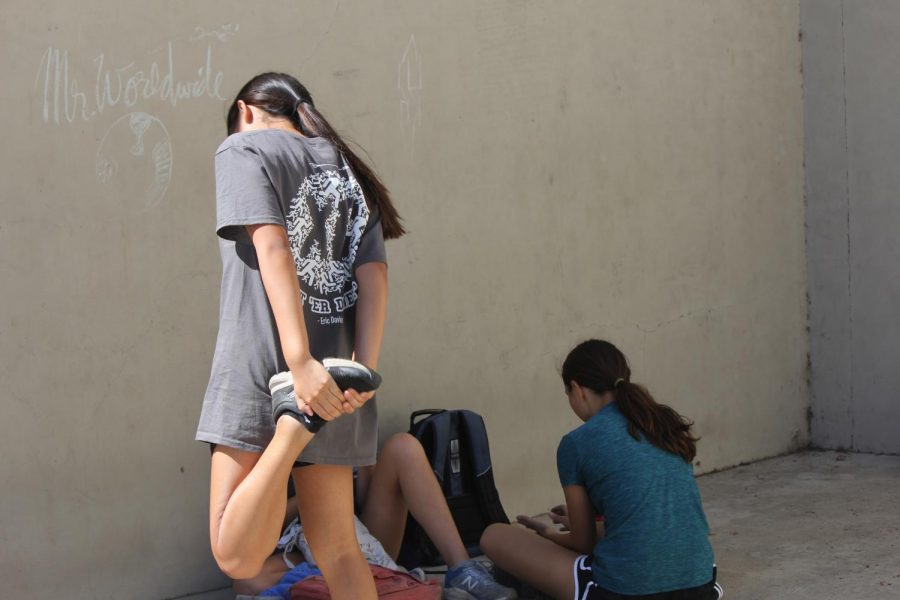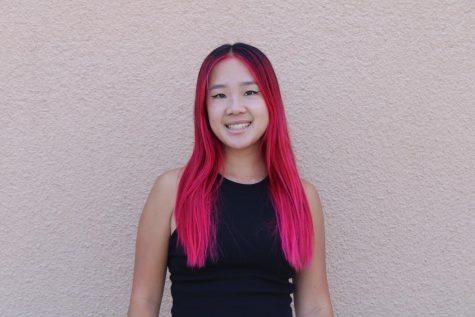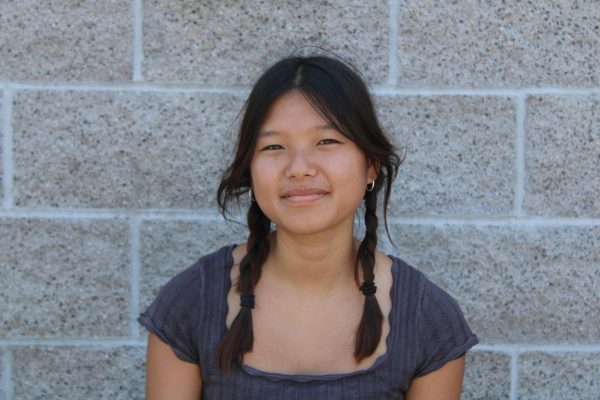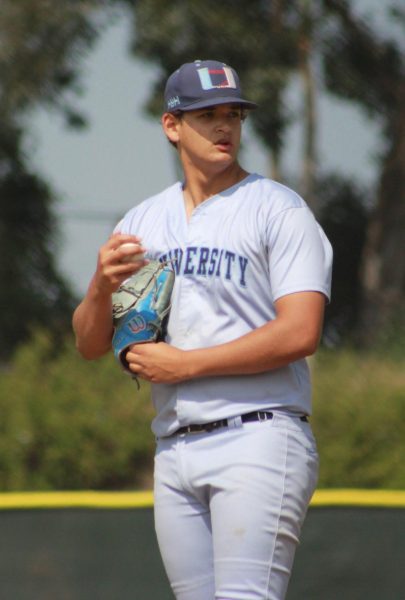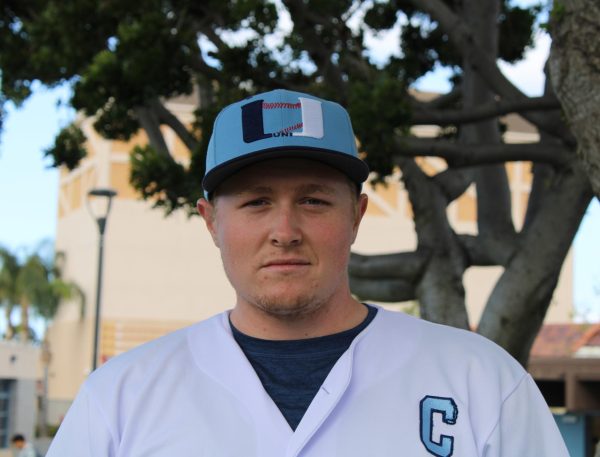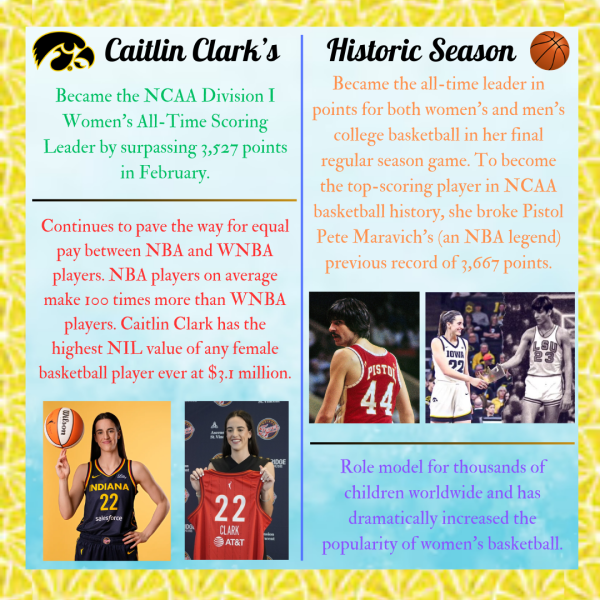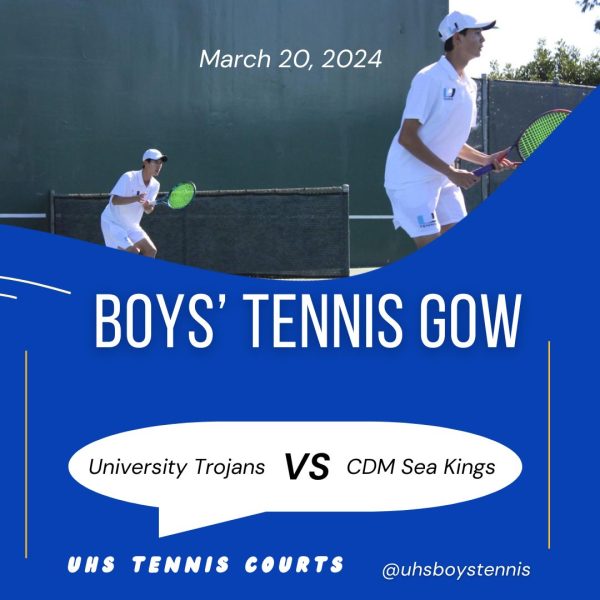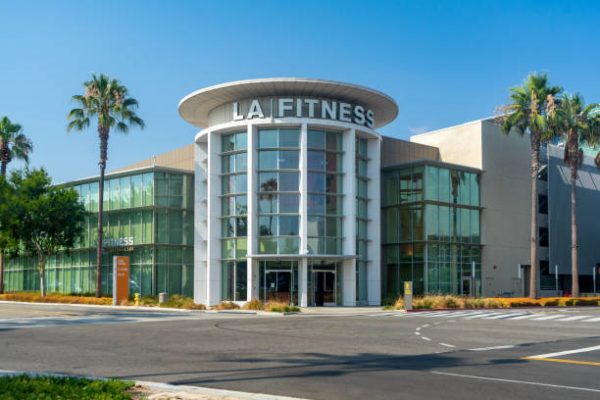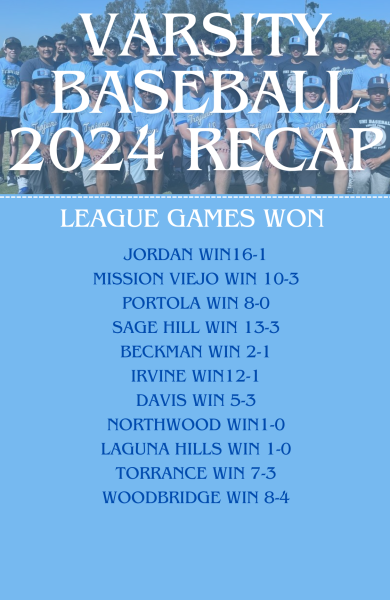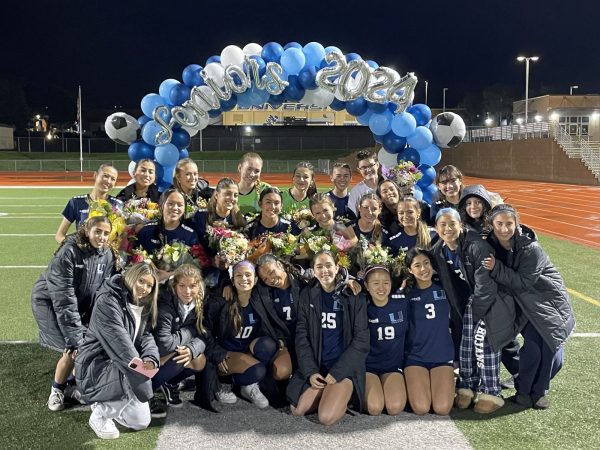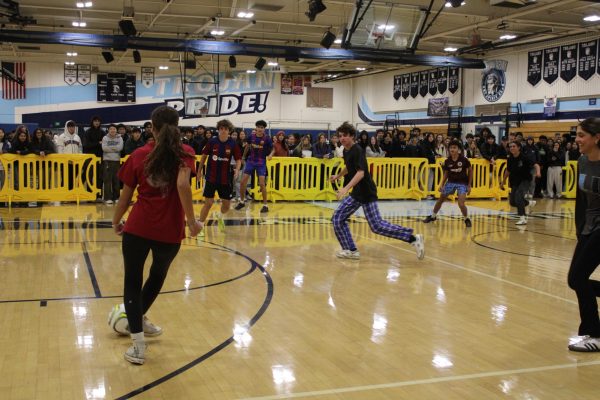Teams Readjust After the Pandemic
Cross country warming up for practice.
October 30, 2021
COVID-19 has undoubtedly had a large impact on student life during the pandemic. But now that certain health and safety protocols have been lifted to allow for more leniency, students are starting to navigate the transition back to a more normal school format. While many are excited to commence with activities that were put on pause during the pandemic, the athletic community may be facing the most drastic transition to post-pandemic sports.
For junior running back Pax Lang, football training has certainly changed a lot since last year.
“It was great to return to the way it was before COVID-19, because we get to practice without restrictions, play more competitively, and improve with the help of our [new] coaches,” Lang said. “Football has almost completely returned to what it used to be my freshman year, [but] training is very different from last year due to the fact that we could not go in the weight room at all.”
Not only is football expected to complete a regular 10-game season this year, but spectators have also returned to Friday night games. With more at stake, the football team is eager to improve their performance. However, this has proven difficult amidst the transition.
“Although we had a lot more players this year [than] my previous years here, one adversity we had to tackle this year was the lack of players due to injury,” Lang said. “[But] being able to practice the game we love definitely makes us happier and more competitive.”
Like football, girls tennis also experienced a major shift in their training schedule. Girls tennis, which occurred simultaneously with boys tennis during the spring season last year, has returned to the regular competition schedule with daily training and matches throughout fall.
“One thing that I wasn’t used to doing was playing competitively,” tennis player and sophomore Mackenzie Lee said. “I always used to just go and have fun with friends, so this is my first year playing official matches. I was excited to see other people and play against a variety of different athletes.”
During the pandemic, many sports teams only required students to attend training sessions twice a week due to the cohort system. This granted student athletes more flexibility in their schedule and rest days in between training. Now, however, most in-season sports are back to holding practices five days a week during 7th and 8th period.
According to cross country runner and junior Alex Kimm, cross country is one of the sports that has faced a major shift in training intensity.
“The fact of the matter is that it’s just more [training],” Kimm said. “It’s been difficult to get back into the swing of things, especially when it feels like I have to try harder to get even close to where I was before.”
Kimm noted that the intensity and frequency of practices has allowed the cross country team to improve collectively.
“We’re actually able to participate in runs every day at full length instead of just losing stamina when we run twice a week,” Kimm said. “I do actually feel more energy because everyone is present and putting all of their energy into [practice].”
Additionally, many coaches are also offering regular off-season training for sports that are not yet in season. Girls soccer, which has been training since the start of school, hopes to get ahead of training in preparation for the winter season.
“Getting ready for season is a lot of work, but this group is really willing to do all the work to succeed,” soccer player and junior Kate Stenta said. “As returning PCL champions, [we] want to do well in league and carry on the legacy from last year.”
Last year, because of limited field space and COVID-19 protocols, only a few teams were able to use the training areas at a given time, so sports that were in-season took priority. With the new allowances for field allocation and training space, girls soccer, along with several other winter and spring sports, has high expectations for this year.
“Something I’ve enjoyed about off-season is seeing the girls in the [soccer] program,” Stenta said. “Last year, it was rough in terms of meeting the new girls and developing a connection throughout the entire program…now, we have finally been able to form those relationships.”
As teams continue to adjust to post-pandemic athletics, the UHS community anticipates a successful year for the sports teams.
“It’s been such a successful season for the fall sports, and GOW and overall game participation have also been increasing,” junior boys’ sports commissioner Joshua Zhou said. “Lot of teams are doing extremely well at this time, including girls volleyball and boys water polo, who are both going to CIF. This year, I look forward to more energy and hype during games.”


